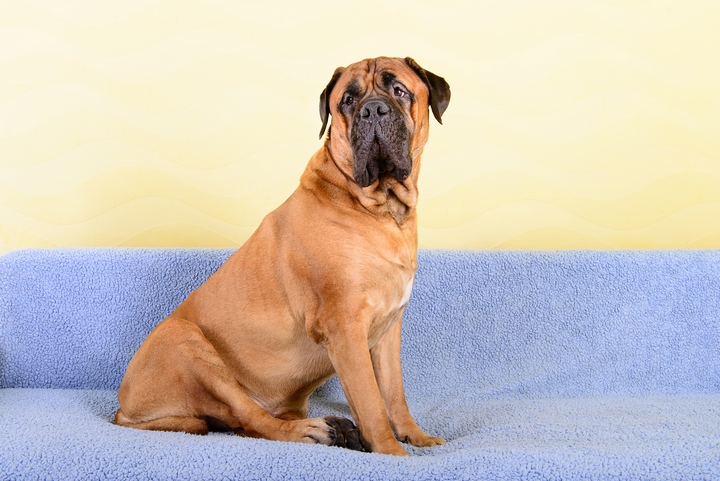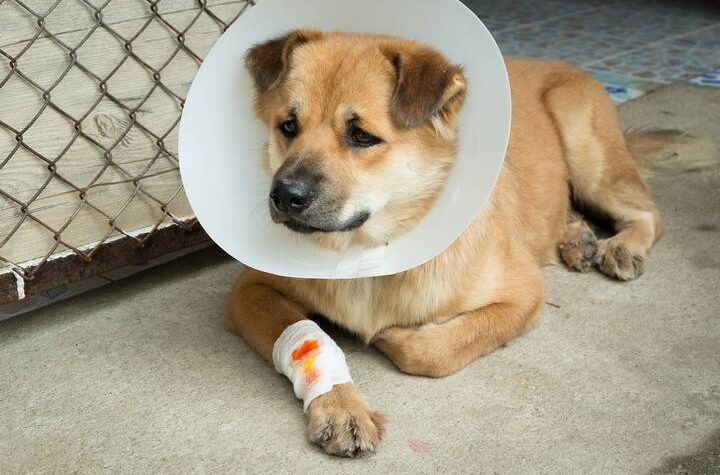Man’s best friend: everybody knows who they are, why people love them, and how much they care about them. This is for a good reason— our perpetual pals never have a judgemental thought, remain loyal to their owners, and do nothing but spread love to all. When our furry pals get hurt, we may feel the same pain. Unfortunately, however, accidents happen, and sometimes our four-legged friends may experience minor injuries that result in bleeding.
Knowing how to stop bleeding on a dog is a crucial skill for pet owners— it is like knowing what to do when your child gets a scraped knee or a bloody nose. Whether it is a cut paw, a nail trimmed too short, or a minor scrape, being prepared and equipped with the knowledge to handle these situations can make all the difference.
Whether or not you are familiar with the animal body, we will guide you through simple yet effective steps to stop bleeding on your dog and keep them safe and comfortable during those unexpected moments. Remember: your furry pal depends on you, and your quick action and calm demeanour can provide the necessary first aid to minimize pain and prevent complications.
Note that you are not a professional, and seeking professional help, if it is available, is always the best course of action to ensure that there is nothing more beneath the surface. Read on to find out what you can do for your pal until help can be reached!
1. Having a stocked first aid kit
Just like humans, dogs are prone to injury, so having a first aid kit for both is important in ensuring their safety and your quick action when the time comes.
Some essential items to include in your dog’s first aid kit include sterile gauze pads, adhesive tape, antiseptic wipes or solution, styptic powder, hydrogen peroxide (to induce vomiting in case of poisoning, but this may be a little bit out of reach so be sure to consult your vet first), and a muzzle. Ensure you know what is inside the kit, its uses, and how to use them to ensure quick access during an emergency.
2. Direct pressure
When your dog is bleeding, like humans, the best way to treat it is to apply direct pressure to the wound. Apply firm and direct pressure to the wound using clean gauze or cloth. This pressure helps slow down the bleeding and promotes clotting. Before you attempt to do this, you will want to ensure that your dog is calm and in the right state of mind. Use a muzzle if necessary to prevent biting or nipping during the process if you think that may be an issue.
Also, be sure to offer reassurance and soothing words to keep letting your best friend know you are there for them. Moreover, you will want to note how severe the situation is. You can likely manage it at home if it is a minor scrape or cut. However, contacting your vet urgent care immediately for more severe bleeding is critical.
3. Elevate and bandage
If you have been applying pressure for a while now and it seems like the bleeding is not stopping, elevate the injured area above the level of the heart. This aids in reducing blood flow to the affected area, as it is hard for blood to get pumped against gravity.
Apply a clean bandage snugly around the wound, ensuring it is not too tight to the point where circulation is cut off. This can further help to maintain the bleeding and keep any bacteria or germs away from the site.
4. Post-injury

Thankfully, it is time to begin healing when your pet is out of the woods. After successfully stopping the bleeding, provide ongoing care to your furry friend to ensure it is healing as needed.
Keep an eye on the wound for signs of infection, such as increased redness, swelling, or discharge. Follow your veterinarian’s instructions regarding wound care, dressing changes, and necessary medications.
5. Preventing injury in the first case
You know what they say. The best way to stop bleeding is to ensure it does not happen in the first place. To do this, regularly inspect your dog’s environment for potential hazards, and keep them away from sharp objects or areas where accidents are likely to occur. This may require you to rake the garden more often than you would and sweep the floor whenever you have kids that track mud inside.
Moreover, maintain regular veterinary check-ups to address any health concerns promptly— it is difficult for our furry friends to talk to us, so having somebody help us do that is essential. Additionally, maintaining a balanced diet, providing appropriate exercise, and grooming your dog’s nails regularly can minimize the chances of bleeding accidents.




